Westinghouse TECO PA7300 Series Instruction manual
Other Westinghouse Inverter manuals
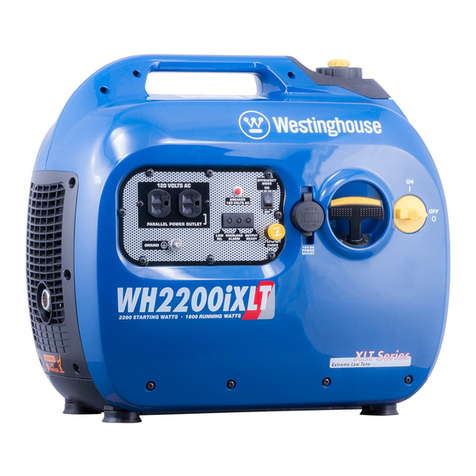
Westinghouse
Westinghouse WH2200iXLT User manual

Westinghouse
Westinghouse WGen5300v User manual
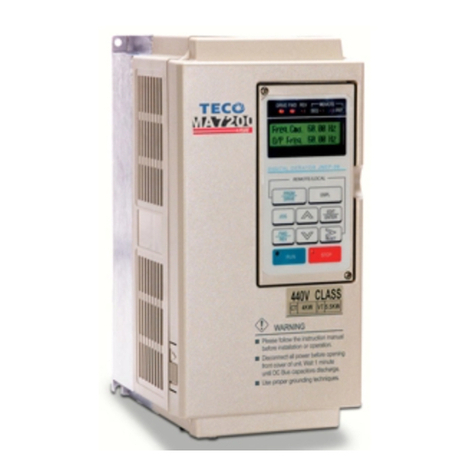
Westinghouse
Westinghouse Teco MA7200 Plus Instruction manual
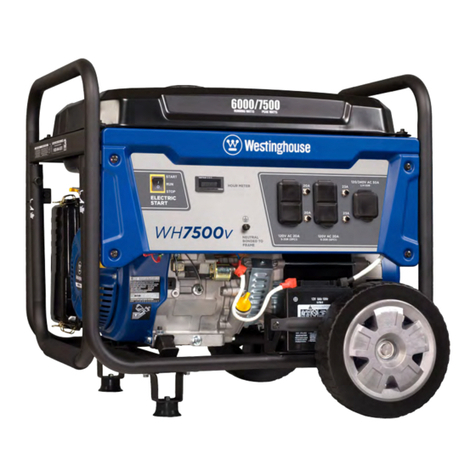
Westinghouse
Westinghouse WH7500v User manual

Westinghouse
Westinghouse iGen4500DF User manual
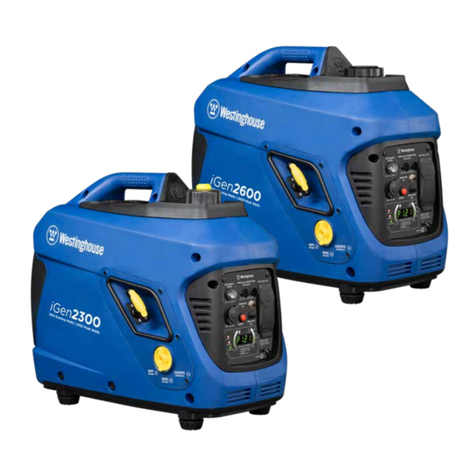
Westinghouse
Westinghouse iGen Series User manual

Westinghouse
Westinghouse WPro8500 User manual
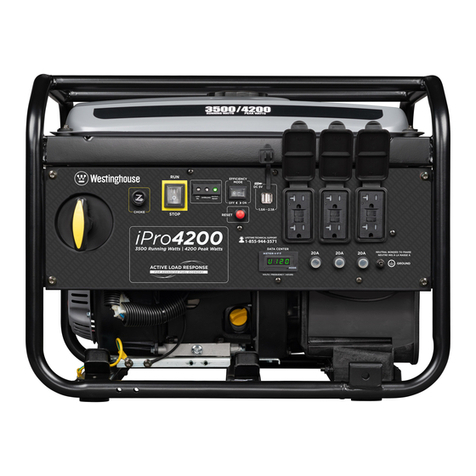
Westinghouse
Westinghouse iPro4200 User manual
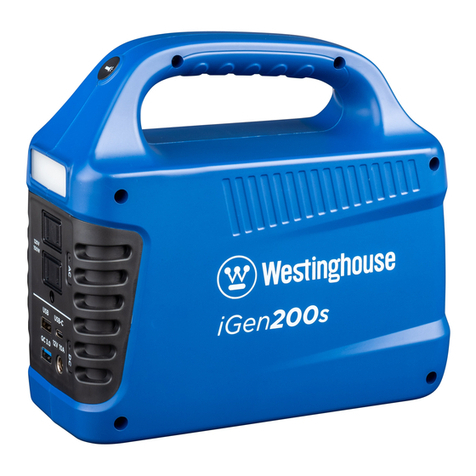
Westinghouse
Westinghouse iGen200s User manual

Westinghouse
Westinghouse MA7200-2001/2-N1 Instruction manual
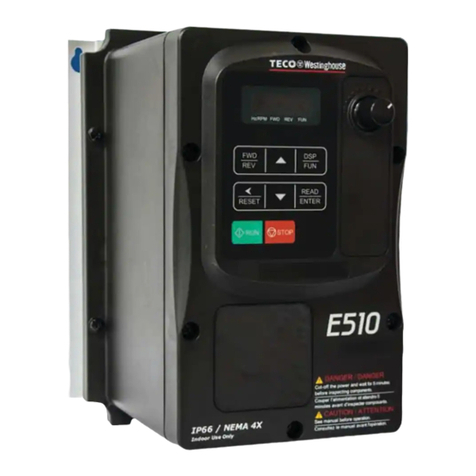
Westinghouse
Westinghouse Teco E510 User manual

Westinghouse
Westinghouse WGen7500DF User manual
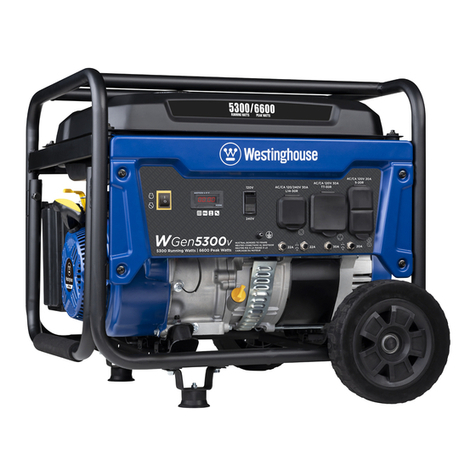
Westinghouse
Westinghouse 5300 Running Watts User manual
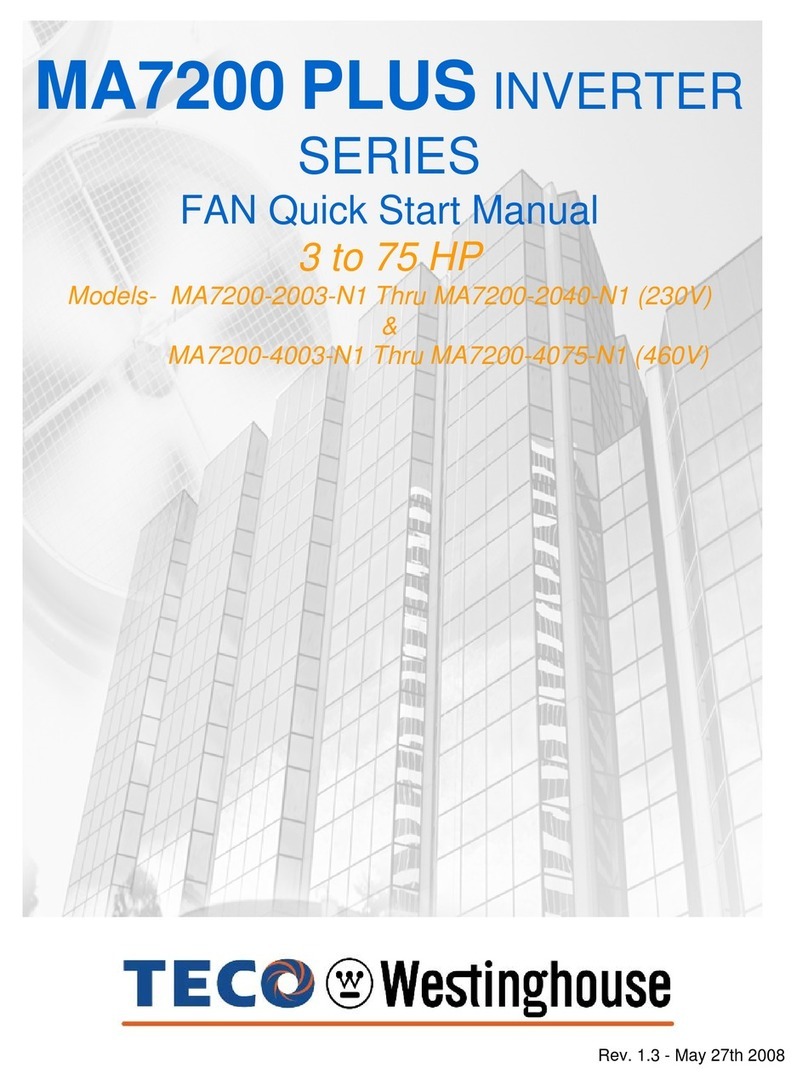
Westinghouse
Westinghouse MA7200-2003-N1 Thru MA7200-2040-N1 Instruction manual

Westinghouse
Westinghouse iGen4500 User manual
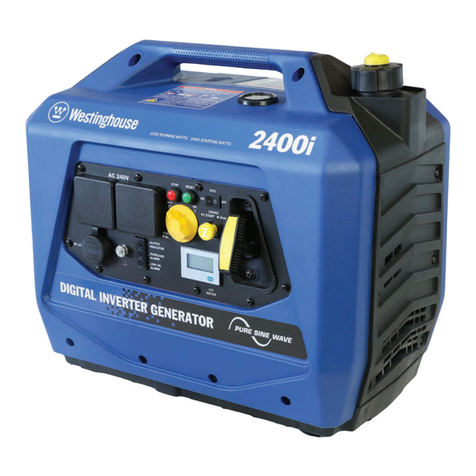
Westinghouse
Westinghouse 2400i User manual
Popular Inverter manuals by other brands

BARRON
BARRON EXITRONIX Tucson Micro Series installation instructions

Baumer
Baumer HUBNER TDP 0,2 Series Mounting and operating instructions

electroil
electroil ITTPD11W-RS-BC Operation and Maintenance Handbook

Silicon Solar
Silicon Solar TPS555-1230 instruction manual

Mission Critical
Mission Critical Xantrex Freedom SW-RVC owner's guide

HP
HP 3312A Operating and service manual





















